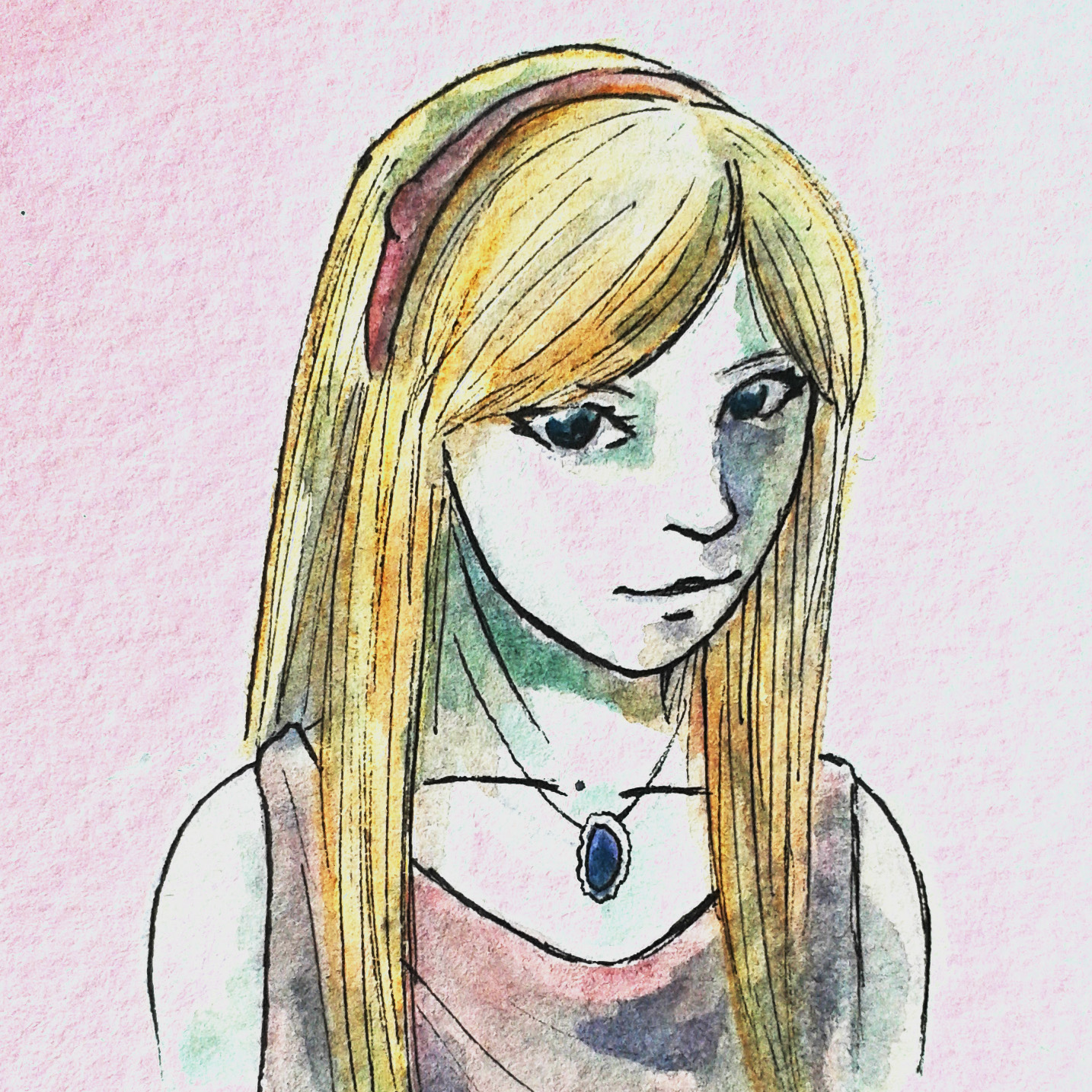Category: Uncategorized
-

Guest Blogger
Hello all, I am Lara Ellwod, and I’ll be contributing to Tara Maya’s blog. I’m a floating artist, seeking out pleasant blogs to spread my roots in and flower~ I’ll be making posts for all of you Tara Maya fans to enjoy, desperately waiting for her next book to come out! Yeah, I know I…
-

We Are Blogging Again
Around the time that my daughter was born–gosh, more than six months ago now–my blog went KABLOOIE! And I haven’t blogged since. But, never fear, I’m back. As usual, my blog posts will be occasional, squeezed in between making sure my six-month-old doesn’t swallow arsenic and trying to work on Book 8 of The Unfinished…
-

How to Use Reiteration in Romance
Staurt Horwitz in his book Book Architecture makes the case for using Reiterations to create structure for a novel without tying yourself to a linear outline. Especially if you’re writing a literary book, a book with multiple viewpoint characters or multiple timelines, this method is gold. Horwitz is weak on one point where Coyne is…
-

Recommended for Writers: Kate Walker’s 12-Point Guide to Writing Romance
Kate Walker’s 12-Point Guide to Writing Romance orients aspiring Romance writers toward Mills & Boon’s guidelines for their numerous “lines” of subgenera. This might make it a strange book for me to recommend, since I encourage up-and-coming writers–especially for Romance–to consider going Indie. Nonetheless, studying Publisher Guidelines for Romance Subgenera is a wise move, especially if…
-

Tara Maya’s Review: The Reluctant Concubine
Caveat—Reader Beware! My reviews are written from a writer’s perspective, with an eye to dissecting good novels to find out what makes them work. Although I try to avoid explicitly discussing book endings, I am not as careful about avoiding all spoilers as some reviewers. If find if I employ too much caution about giving…
-
Novel Excerpt: Good as Gold by Heidi Wessman Kneale
As Good As Gold by Heidi Wessman Kneale Sweet Fantasy Romance out now from The Wild Rose Press About the Book: Daywen Athalia wants love–true and lasting. Fearing a future of bitter loneliness, she seeks help from a gypsy woman. The price: a hundred pieces of gold. Daywen’s never had two shillings to rub together in…
-

How to Improve Your Book’s Blurb (Guest Post by Rayne Hall)
HOW TO IMPROVE YOUR BOOK’S BLURB by Rayne Hall The blurb (book description) on the book’s back cover and online product page is the most important part of the book. Almost everyone reads or at least skims it before deciding whether or not to buy. It probably plays a bigger role in your sales…
-

How to Write a Novel Without an Outline
Some writers out there might have objected to Shawn Coyne’s outline-centered approach in The Story Grid: What Good Editors Know. Staurt Horwitz would agree. He hates the term “outline”… so he calls his system a “method.” I wondered if this was just semantics, but after reading both his books, Book Architecture and Blueprint Your Bestseller,…
-
Recommended for Writers: Book Architecture by Stuart Horwitz
I’m a big fan of Outlining, but I’m aware it’s not everyone’s bowl of candy. Aside from the “I prefer to flounder about like a fish at the bottom of a row boat,” there’s the rather better argument that Outlining can crush every story into the same tin can. And the traditional 15-point Story Arc doesn’t…
